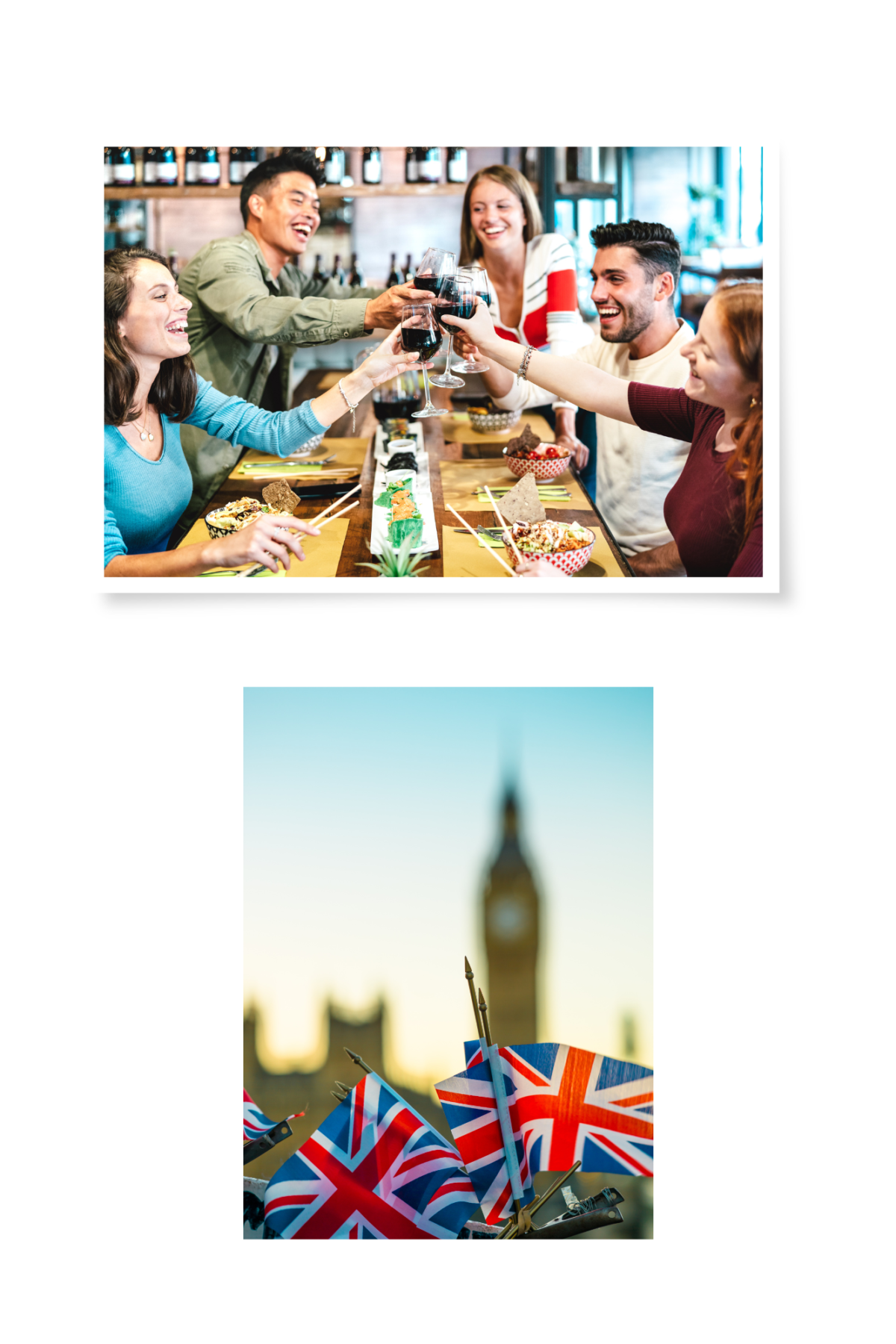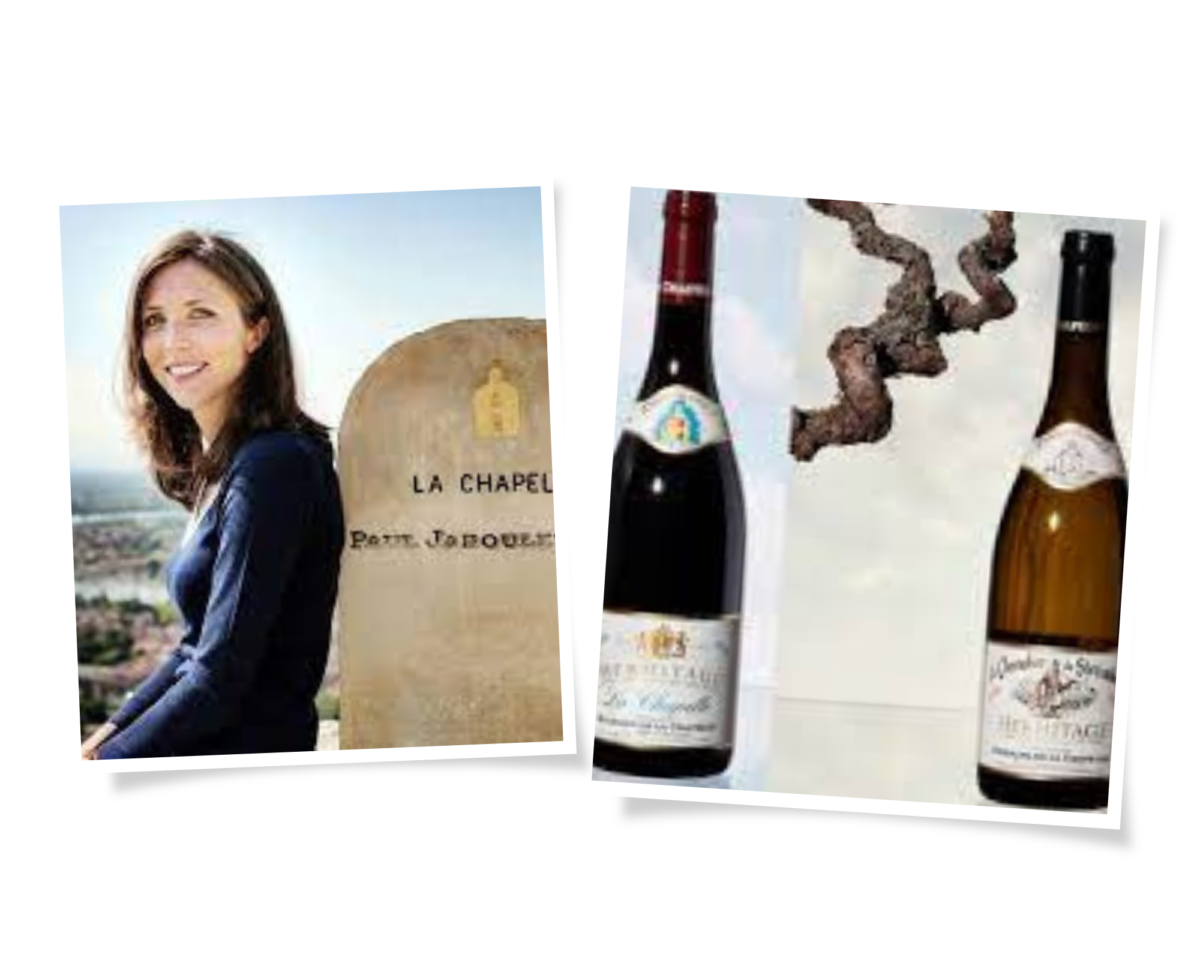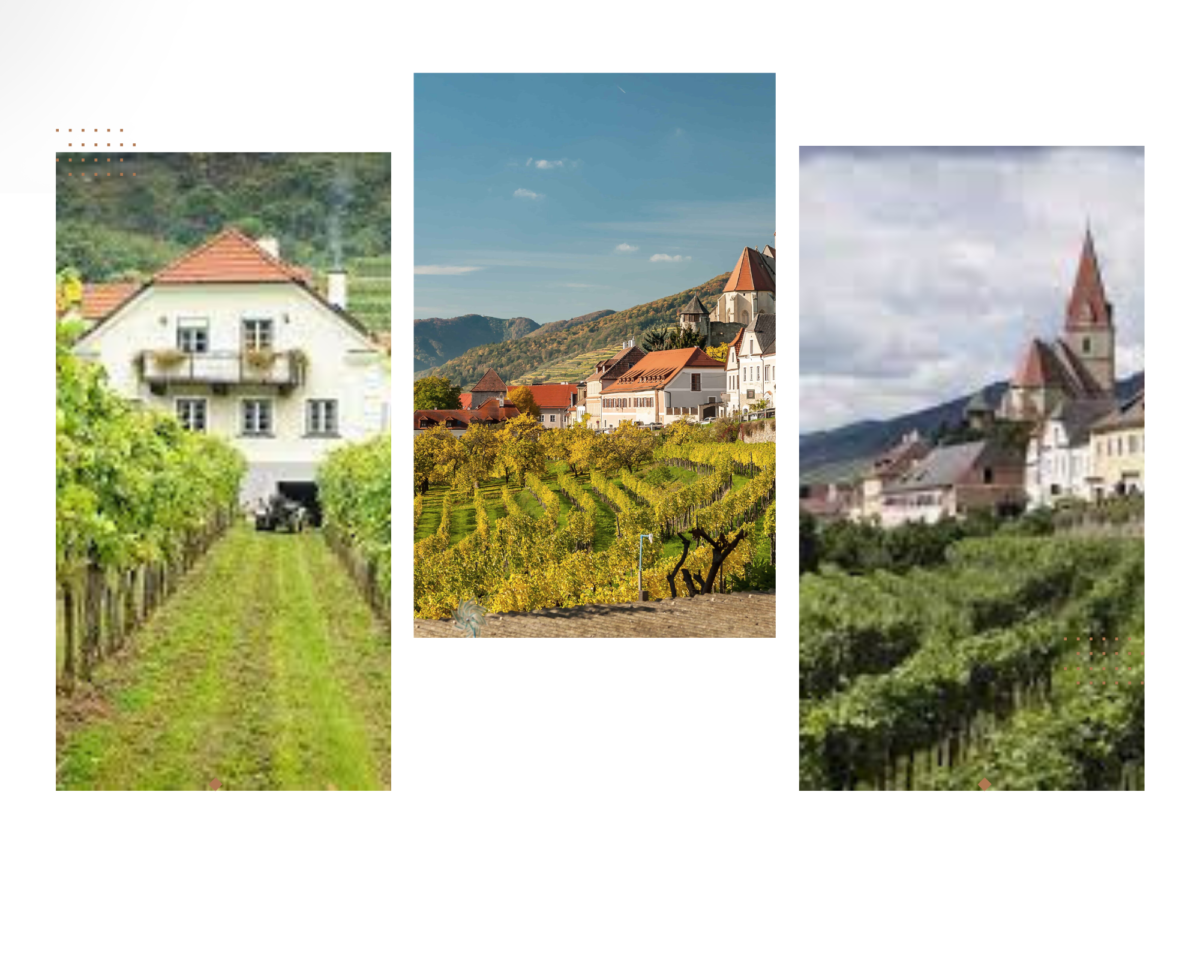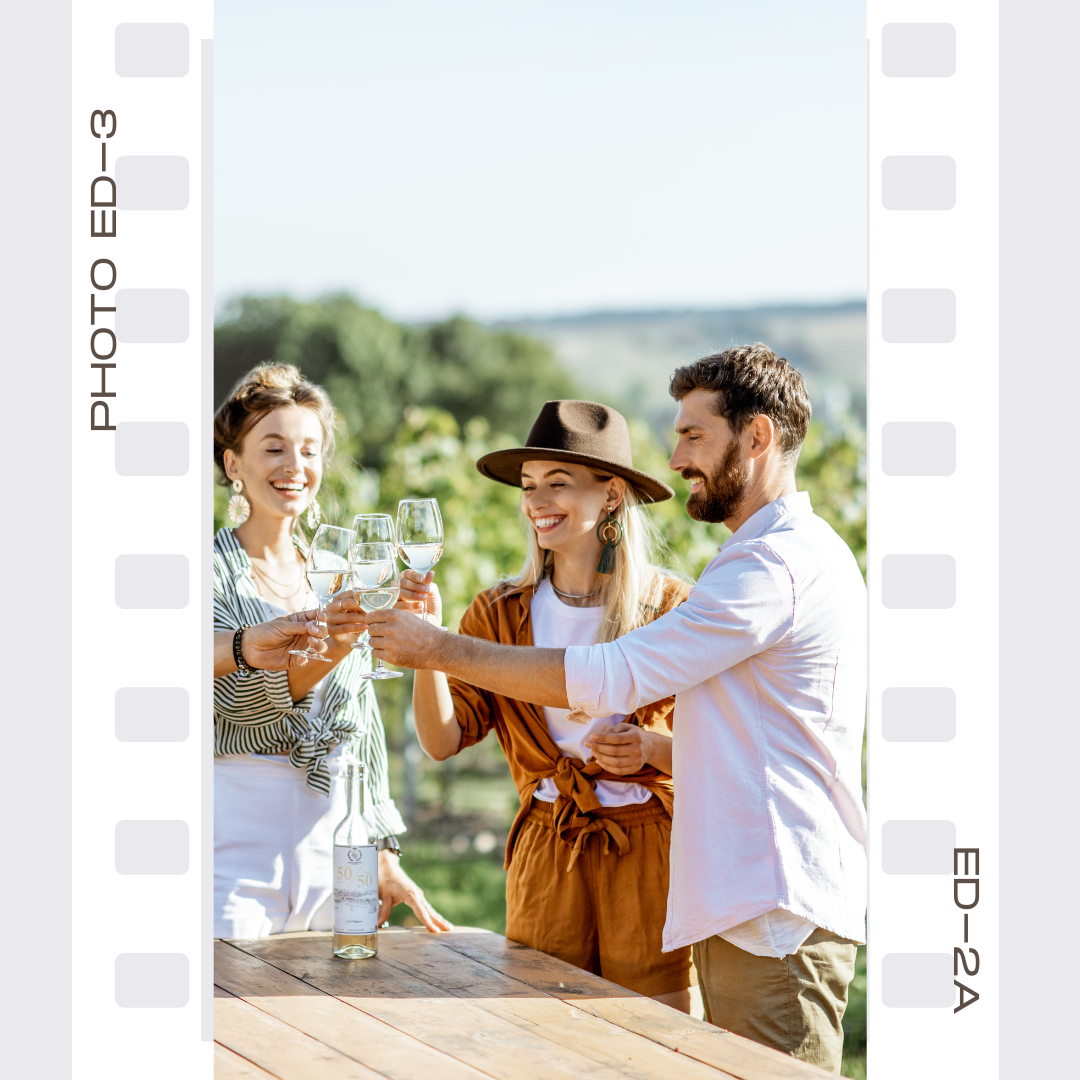Design My Night has just released the results of its city survey, with this year’s focus being on affordability.
The results show that a large proportion (83%) of participants have changed their spending habits due to the cost-of-living crisis.
However, 50% of millennials who completed the survey view drinking and dining as essential spending. The survey also shows 46% of respondents would happily spend £60 on a meal.
When asked what event people would most likely splash out on, birthdays came up as the clear winner, with 85% stating they would happily spend more for this occasion.
Katie Kirwan, head of brand and B2C at Design My Night, states: “The going may be tough right now, but going out remains important to our audience across all price points. While we’ve seen that a demand for affordability is propping up the industry, quality of spending is equally as important, and people aren’t willing to sacrifice their money for the mediocre. Hospitality’s run of it post-covid has been difficult, but our consumer survey has shown that shared experiences are still there to be catered to, and that with over 50% of millennials seeing drinking and dining as a necessity, a cost of living crisis isn’t going to hold the industry back.”





